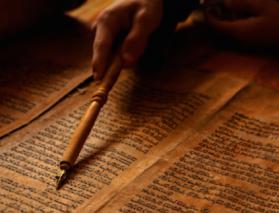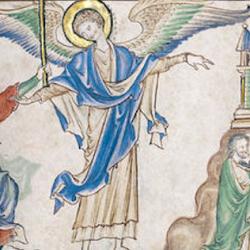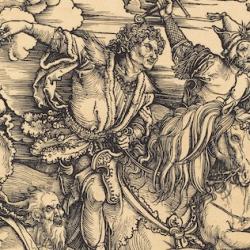In an article examining the use of the OT in Revelation, Steve Moyise notes the extensive parallels between Ezekiel and Revelation. This is not just a matter of scattered allusions; rather, Revelation overall, and in specific sections, follows the order of Ezekiel quite precisely.
For instance:
God on throne surrounded by living creatures: Ezekiel 1, Revelation 4
Marking of saints: Ezekiel 9-10, Revelation 7-8
Overthrow of harlot, Ezekiel 16, 23; Revelation 17
Lamentation over fallen city: Ezekiel 26-27; Revelation 18
Establishment of new Jerusalem: Ezekiel 37-48; Revelation 20-22
The latter chapters of the two books match one another quite closely:
The valley of dry bones (Ezek 37) links to the first resurrection.
Both have a battle of Gog and Magog (Ezek 38; Rev 20)
Both have birds gorging on corpses (Ezek 39; Rev 19:21).
There is a high mountain in both (Ezek 40:2; Rev 21:10).
In both, something is measured (Ezek. 40:5; Rev 21:15).
Ezekiel’s temple is full of Yahweh’s glory (43:2), just lik the new Jerusalem of John’s vision (21:23).
In both, there is a river of life flowing from the city (Ezek 47:12; Rev 22:2).
The most intriguing of these connections is that between the resurrection scene of Ezekiel 37 and the “first resurrection” of Revelation 20:5. The Revelation verse has been a difficult crux for a long time, but the link with Ezekiel might help resolve it. In Ezekiel 37, the resurrection is clearly a corporate one, the resurrection of Israel and Judah from the grave of exile. If that is the background to Revelation 20:5, then that resurrection too might be a corporate one: The first resurrection is the birth from death of the new Israel, the final return from exile, and blessed are those who share in this first resurrection.










